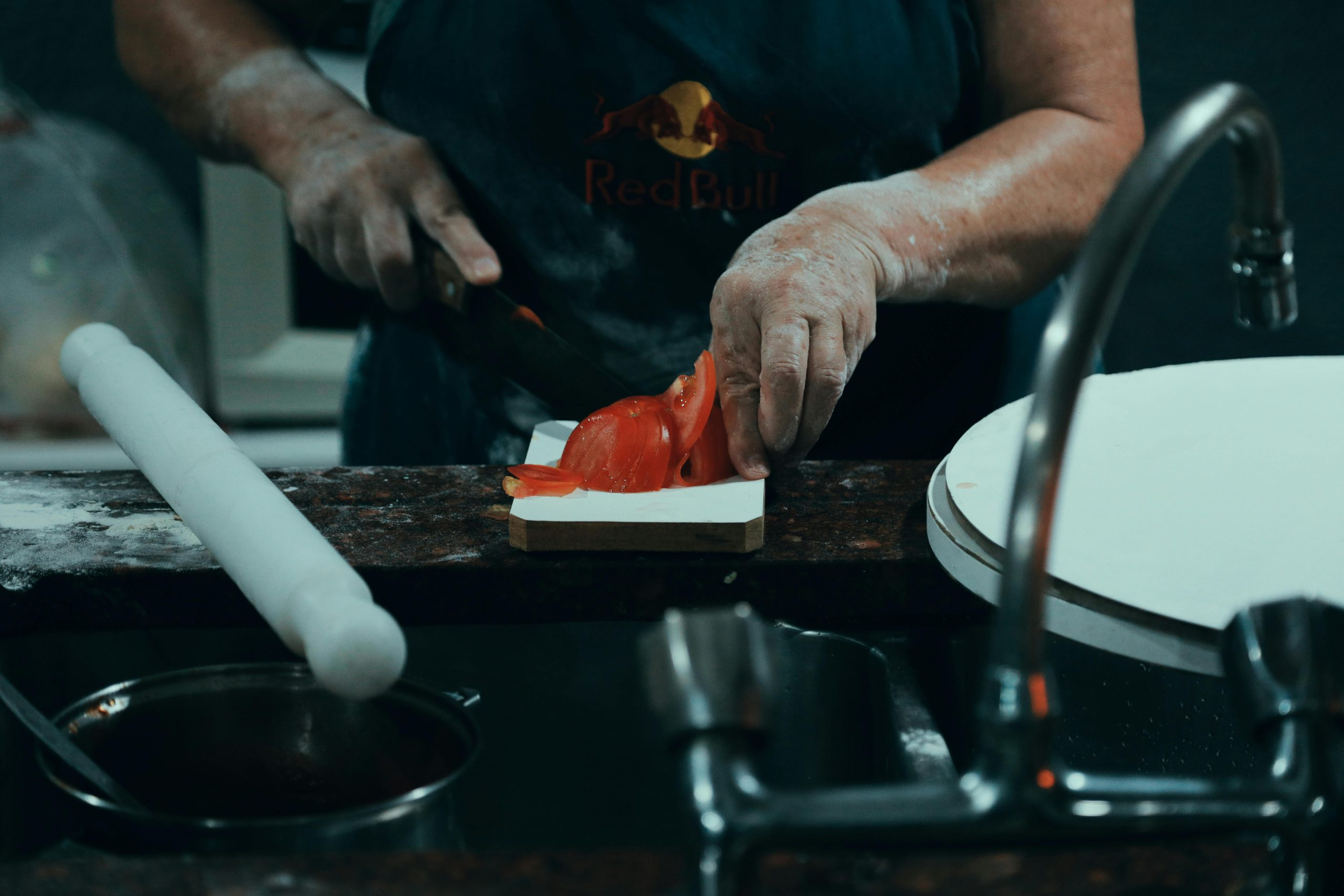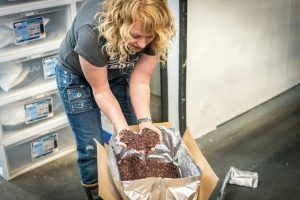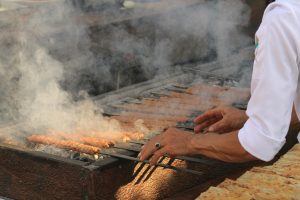Mastering the Basics of Perfect Egg Preparation Techniques
The humble egg. It’s a staple in most kitchens and a key ingredient in many dishes. From omelettes to cakes, eggs are a versatile and essential ingredient for countless recipes. But perfecting the art of egg preparation can be tricky. From soft-boiled to scrambled, there are various techniques to master in order to achieve that perfectly cooked egg. In this article, we’ll take a closer look at the basics of egg preparation and how you can master the techniques to create the perfect egg every time.
The Perfect Boiled Egg
Boiling an egg may seem simple, but when it comes to the perfect boiled egg, timing is everything. Overcooked eggs can result in a rubbery texture, while undercooked eggs may have a runny yolk. The key to a perfectly boiled egg is taking note of the size and temperature of the egg, as well as the boiling time. Here’s a guide to mastering the perfect boiled egg:
Soft-Boiled Egg
If you prefer your boiled egg with a runny yolk, a soft-boiled egg is the way to go. Be sure to use room temperature eggs and place them in a pot of boiling water for 3 minutes for a small egg, and 4 minutes for a medium-sized egg. For a larger egg, add an extra minute to the cooking time. Once done, immediately run the eggs under cold water to stop the cooking process.
Medium-Boiled Egg
For a medium-boiled egg with a firm but slightly runny yolk, follow the same procedure as a soft-boiled egg, but increase the cooking time by 1-2 minutes depending on the size of the egg. This will result in a yolky center with solid whites.
Hard-Boiled Egg
For a fully cooked egg with a firm yolk, place your eggs in a pot of boiling water for 8-10 minutes depending on the size. Once again, immediately run the eggs under cold water after cooking to prevent them from overcooking.
Scrambled Eggs
Scrambled eggs are a breakfast favorite, but sometimes they can turn out dry and rubbery. To achieve fluffy and delicious scrambled eggs, follow these tips:
Choose the Right Pan
The key to perfect scrambled eggs lies in choosing the right pan. A non-stick pan is ideal, as it prevents the eggs from sticking and makes it easier to control the cooking temperature.
Low and Slow
Cook your scrambled eggs on low heat and slowly stir them with a spatula. This will prevent them from becoming dry and tough. Avoid cooking on high heat or for too long, as this will result in overcooked eggs.
Add a Touch of Dairy
An essential tip for achieving super fluffy scrambled eggs is to add a splash of dairy, such as cream or milk, to your beaten eggs. This will make them light and creamy, enhancing the overall texture and flavor.
The Perfect Omelette
Omelettes may seem daunting at first, but with the right technique, you’ll be creating perfectly folded and flavorful omelettes in no time. Here’s how:
Whisk, Don’t Beat
When it comes to beating your eggs, less is more. Over-beating can result in a tough and rubbery omelette. Instead, lightly whisk your eggs for a few seconds until they’re evenly mixed.
Don’t Overfill
The key to a perfectly folded omelette is not overfilling it. Too many fillings can cause your omelette to break apart and become messy. Stick to one or two fillings and evenly distribute them on one half of the omelette.
Cook Slowly and Fold
Just like scrambled eggs, cook your omelette on low heat and slowly fold it over using a spatula. This will create a fluffy and evenly cooked omelette.
In Conclusion
Egg preparation can be a daunting task, but with practice and the right techniques, anyone can achieve perfectly cooked eggs. Whether you prefer boiled, scrambled, or omelette-style eggs, these tips will help you master the basics of egg preparation. So the next time you’re craving an egg-based dish, put these tips to use and enjoy the perfectly cooked egg every time!











